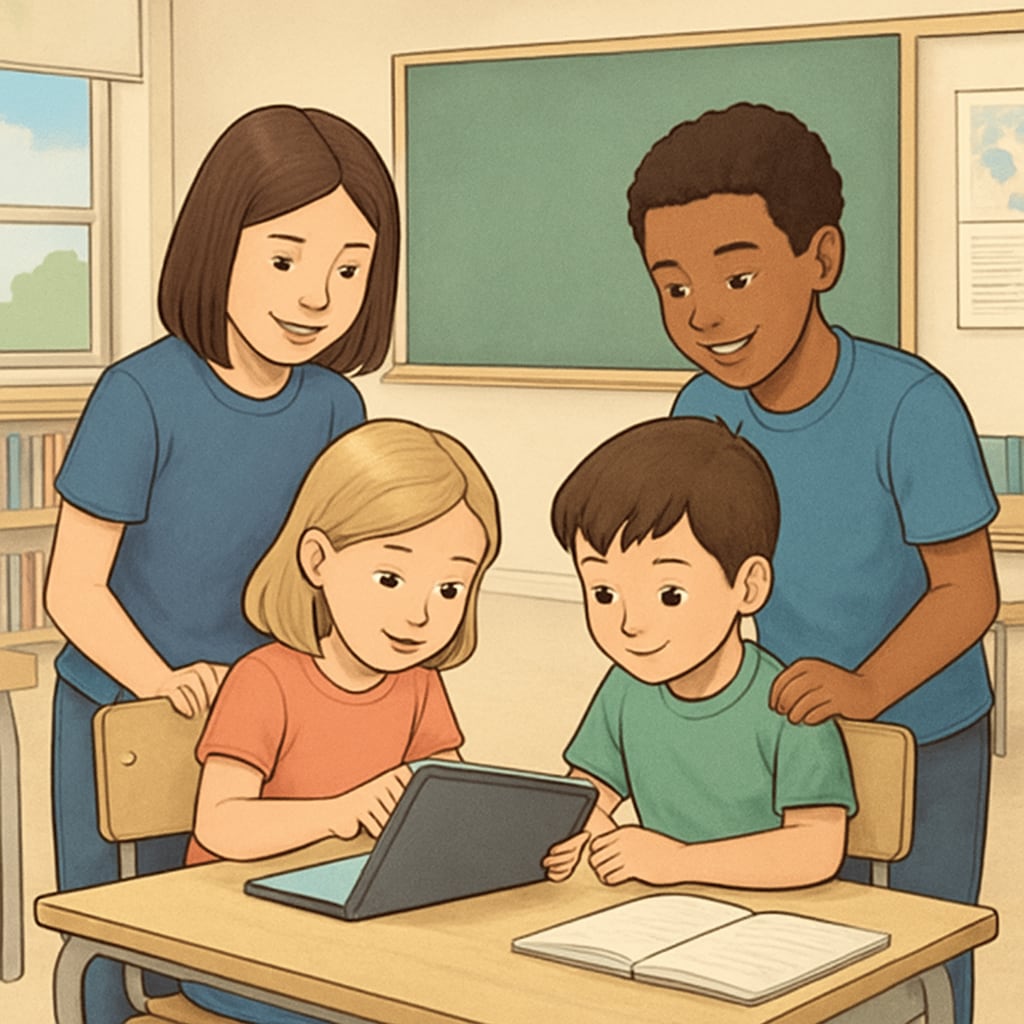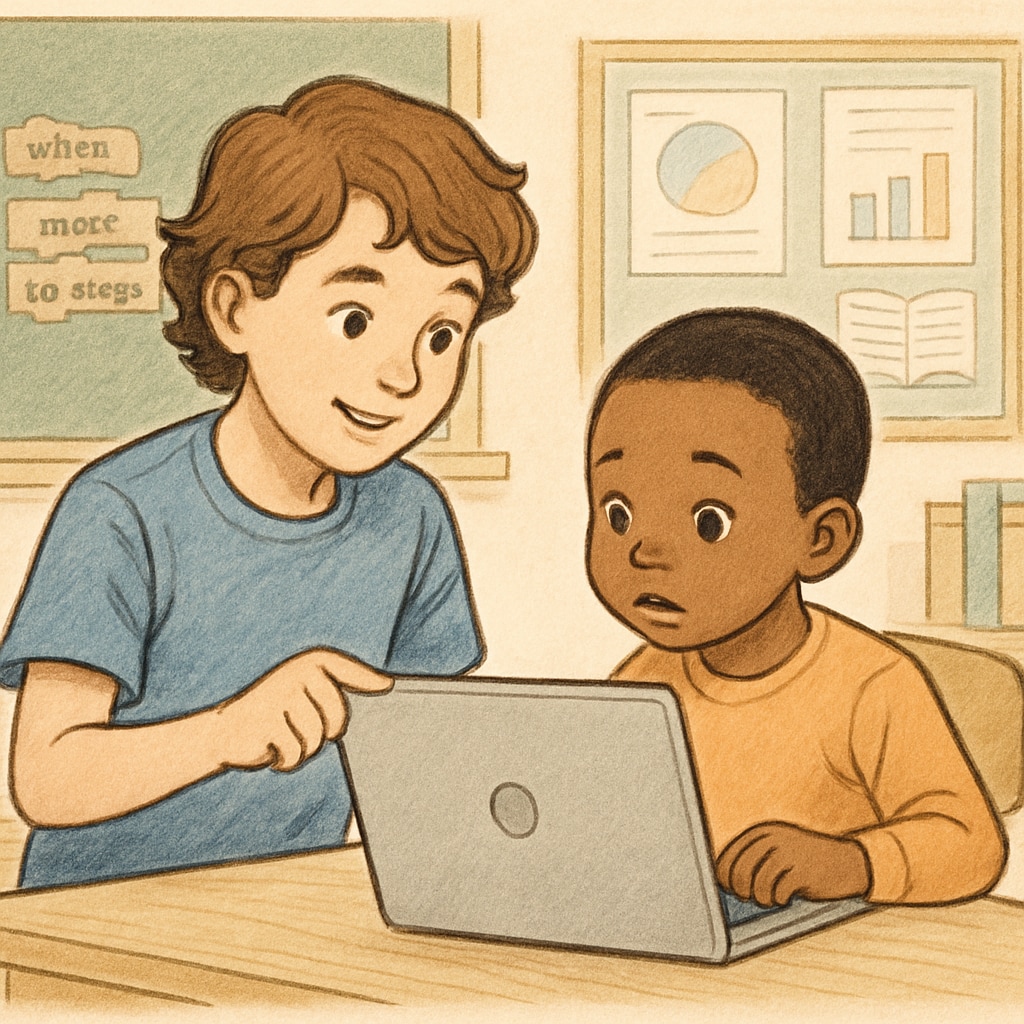Cross-age learning programs, such as those pairing kindergarteners with fourth graders, offer a unique opportunity to nurture collaboration, leadership, and technological skills. These computer-based activities are designed to align with varying literacy levels, allowing older students to take on mentorship roles while younger children explore the basics of technology.

Benefits of Cross-Age Learning Through Computer Activities
Pairing kindergarteners with fourth graders in computer-based activities provides numerous developmental benefits. For fourth graders, these partnerships encourage responsibility, leadership, and patience as they guide younger learners. For kindergarteners, early exposure to technology helps them develop curiosity and foundational digital skills.
Engaging in shared digital activities also fosters social skills, as both age groups learn the importance of cooperation and active listening. Furthermore, these activities can be tailored to accommodate different literacy levels, ensuring inclusivity and maximizing learning outcomes.
Creative Computer Activities for Mixed-Age Groups
Below are some digital activity ideas that promote teamwork and learning:
- Interactive Story Creation: Fourth graders can help kindergarteners navigate simple story-making tools like StoryJumper, where they can co-create illustrated tales. Older students assist with typing and organizing ideas while younger children contribute drawings or verbal storytelling.
- Digital Art Projects: Using platforms like AutoDraw, kindergarteners can practice basic drawing skills while fourth graders guide them in using more advanced tools, creating collaborative art pieces.
- Educational Games: Multi-level games such as ABCmouse or Kahoot can bridge literacy gaps. Fourth graders can help explain instructions and ensure kindergarteners are engaged and learning.
- Simple Coding Activities: Platforms like Code.org provide beginner-friendly coding exercises. Fourth graders can teach basic concepts while helping kindergarteners experiment with drag-and-drop coding.

Accommodating Different Literacy Levels
One of the most significant challenges in cross-age learning programs is addressing the literacy gap between kindergarteners and fourth graders. Computer activities can help bridge this gap by incorporating visual elements and simple instructions. For example:
- Voice Commands: Tools that allow voice commands or audio instructions can make activities accessible to kindergarteners who may struggle with reading.
- Visual Cues: Platforms with colorful icons and intuitive interfaces enable younger children to participate without extensive reading.
- Peer Support: Fourth graders can assist with reading and explaining tasks, creating a supportive learning environment.
By carefully selecting activities and tools, educators can ensure that every child benefits from the experience, regardless of their literacy skills.
Practical Tips for Educators and Parents
For educators and parents looking to implement these cross-age computer activities, here are some tips:
- Group Pairing: Match kindergarteners with fourth graders based on complementary personalities and learning styles. This helps foster productive collaboration.
- Set Clear Goals: Define specific objectives for each activity, such as completing a project or mastering a particular skill.
- Monitor Progress: Regularly check in to ensure both age groups are engaged and benefiting from the activity.
- Celebrate Success: Recognize achievements, whether it’s a completed story or a new coding concept mastered, to motivate participants.
As a result, these activities not only enhance technical skills but also build a strong sense of community within the classroom.
Conclusion: Cross-age learning programs that incorporate computer activities are an innovative way to bridge age and literacy gaps while fostering teamwork and leadership. By creating opportunities for fourth graders to mentor kindergarteners, educators can instill valuable life skills in both groups, preparing them for a future enriched by technology and collaboration.


